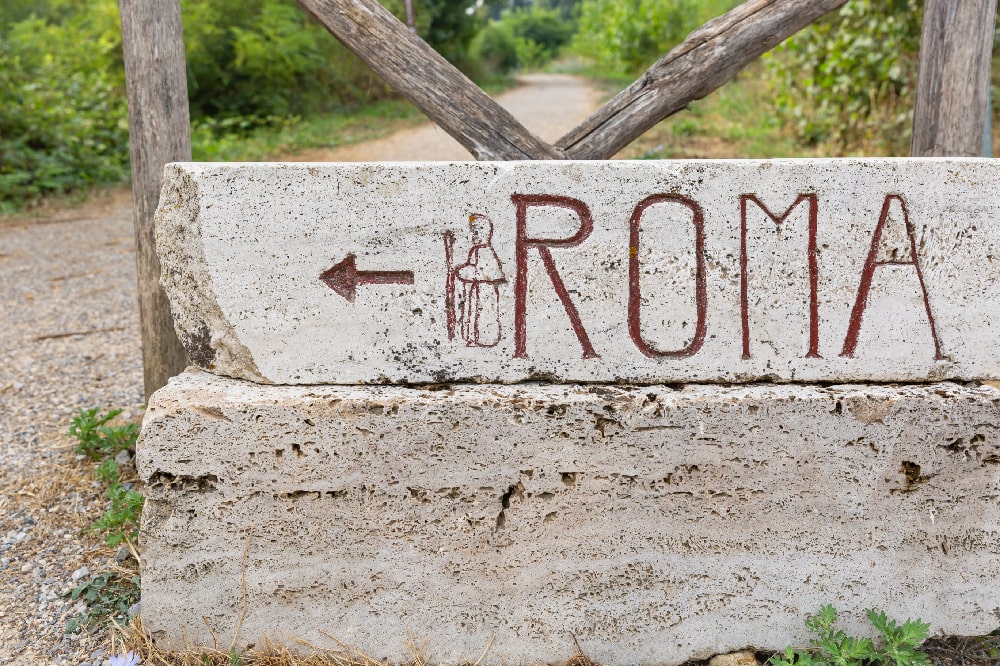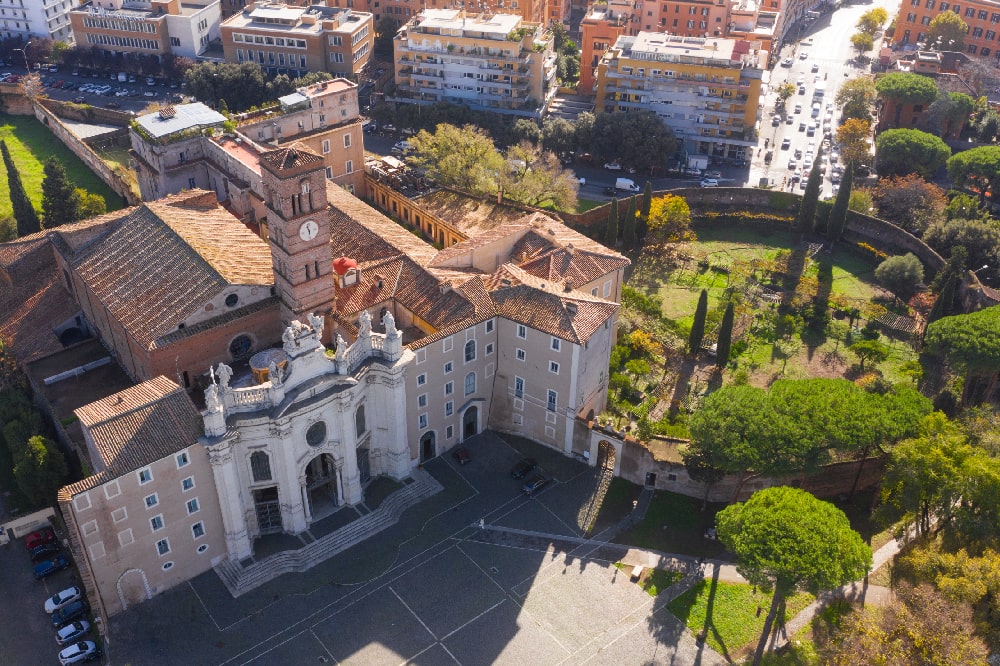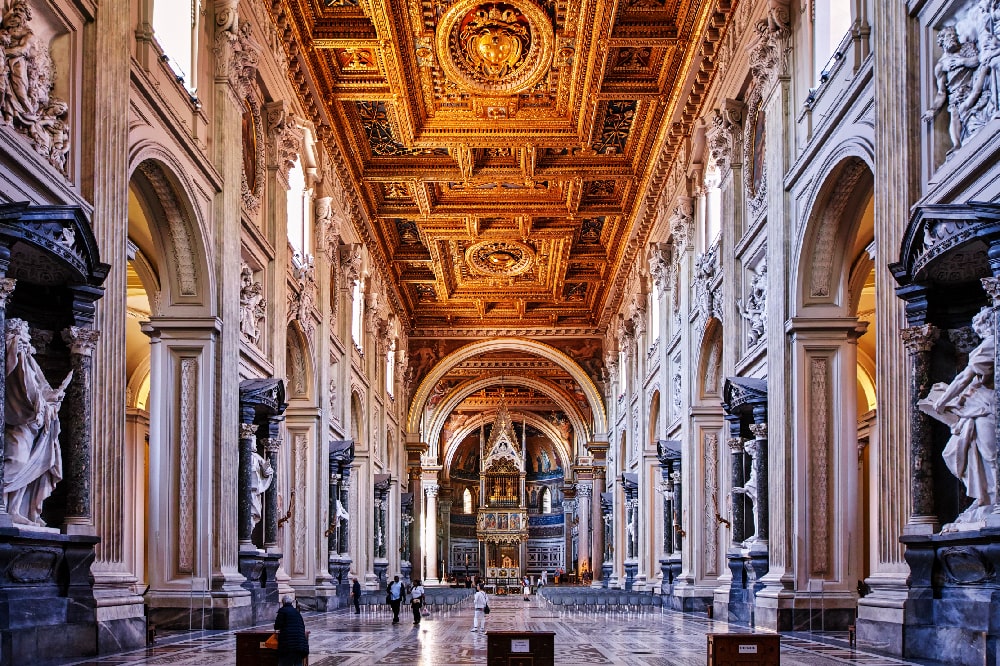The egg is always, in every culture, a symbol of life. The tradition of giving real eggs painted or made of various materials, is both religious and secular in all countries. It has origins in paganism: the egg as a symbol of rebirth and fertility, with its yellow yolk that symbolises the sun and life.
The tradition has existed in Russia since ancient times and has reached levels of truly impressive artistic craftsmanship. Especially at Easter, it is a widespread custom to give painted and decorated eggs.
It seems that this custom’s origin harks back to the legend that Mary Magdalene came to Rome to preach the Gospel, and offered to Emperor Tiberius a red-coloured egg and said, “Christ is risen.” Since then giving painted eggs has become a way of celebrating the Resurrection.
Initially these were chicken eggs or eggs from other birds painted by women, but they later became true works of art. The most striking case is undoubtedly that of the imperial Fabergé eggs, real jewels enriched with precious stones, varnish, diamonds, and pearls, made from its homonymous company and donated by the last Tsar of Russia to the women of the imperial family.
Even the traditional Russian painted eggs have always been very popular. Usually made of wood, but also with other materials that are can be precious, or even humble, like papier-mâché, have difficulty not indifferent to their form, on which is not easy to paint, which is what makes them so special.
The best icon painters and Russian miniaturists ventured in the difficult art of painted Russian eggs by using a magnifying glass and a single bristle brush for the details of faces and detailed environments in surprising ways.
In more recent times, some artists have chosen to use the decoupage technique on Russian painted eggs, by applying silkscreen icons onto the surface of the egg.
Russian painted eggs’ decoration follows a precise colour and symbol code. The subjects are the same as those reproduced on Russian icons, with a particular occurrence of the figure of the Virgin and Christ the Resurrected.



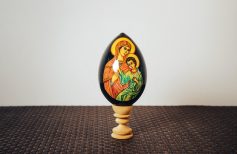
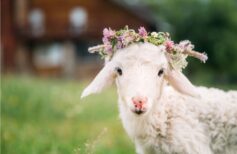
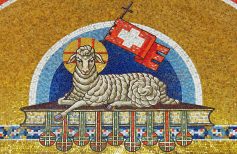
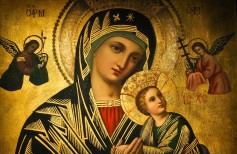
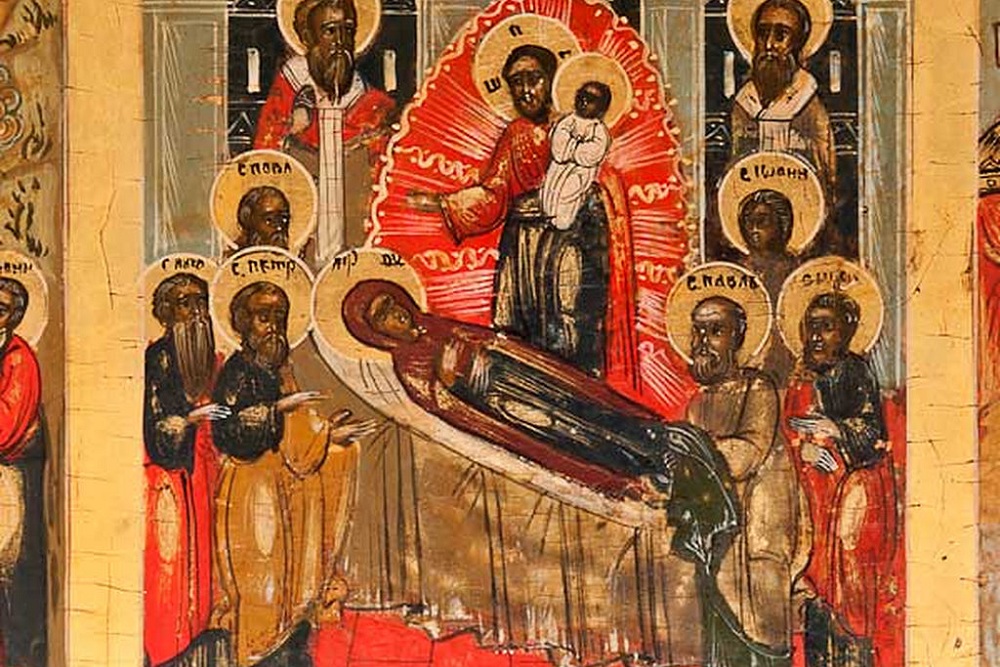
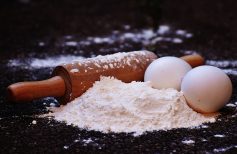
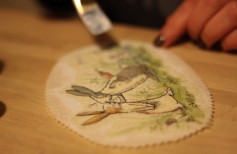
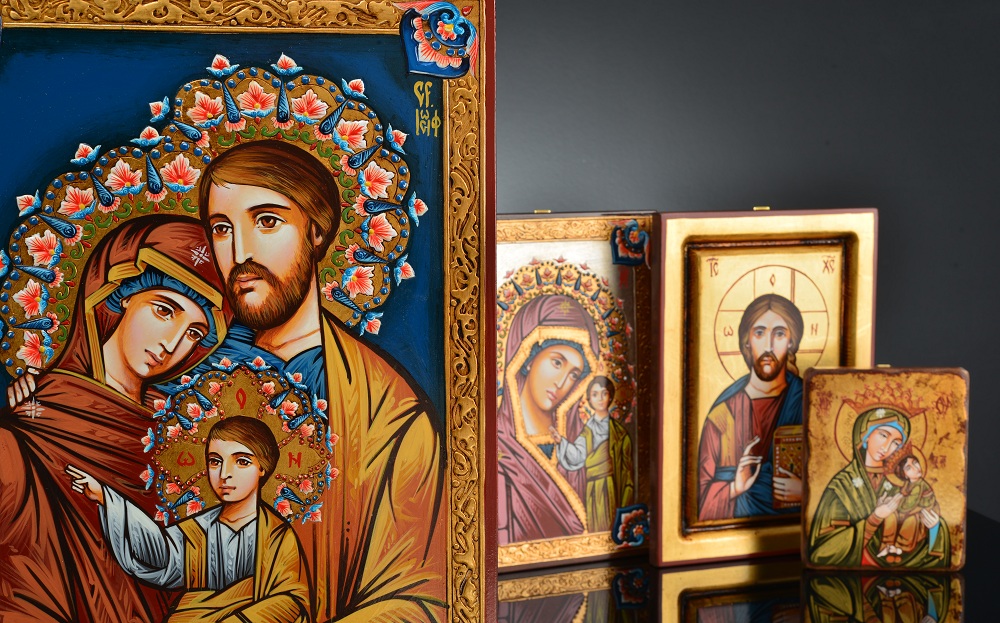







 5 June 2024
5 June 2024
